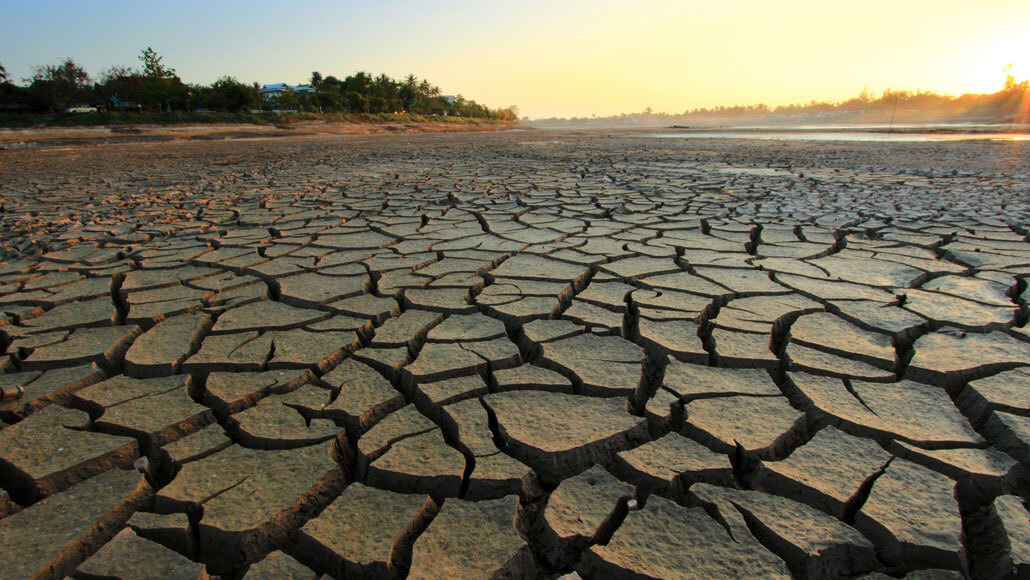Drought
Hazard Description 
Drought cycles consisting of successive years of low precipitation are a normal, recurrent phenomenon across the Great Basin. Drought differs from most other natural hazard events by its slow onset, gradual impact, and duration. With no defined starting period and limited long‐range predictability, drought is a “creeping hazard” that may be recognized as a hazard only after it is well underway. The onset of drought involves many factors, but in Washoe County drought is generally caused by successive years of inadequate winter precipitation resulting in insufficient natural supplies to meet local demands. It is critical to note that the region depends almost exclusively on winter snowpack and rainfall for its water supply. Rains from summer thunderstorms do little to recharge reservoirs and
groundwater tables.
Impact
A significant number of Washoe County water users depend on surface water supply as their primary
source of water. Drought conditions impact surface water primarily when upstream water storage is diminished and becomes insufficient to provide water supply for water users. Some of the impacts of drought include decreased snowpack and streamflows; shorter snow season and longer, hotter, drier summers; increased fuel for wildland fires; increased competition for water supplies; and reduced agricultural yields and potential economic effects.
Mitigation
The Truckee Meadows Water Authority (TMWA) updates its water resource plan and supply strategies every five years, or as needed based on changes in water supply or other conditions, to ensure that available supplies can meet the region’s water needs. The water resource plan sets out strategies to manage, develop, and use available water resources; provides direction for facility planning to ensure safe, reliable supplies of water; and identifies potential impediments that may restrict the legal use of the TMWA’s water resources (TMWA n.d.).
Farmers can visit the USDA dashboard for Washoe County here.
To learn more about Drought, visit the TMWA Drought page here.
